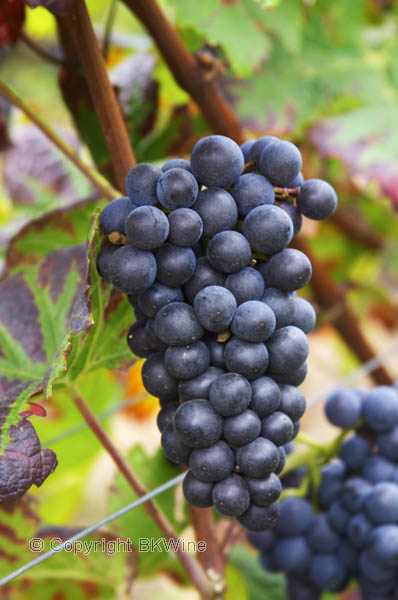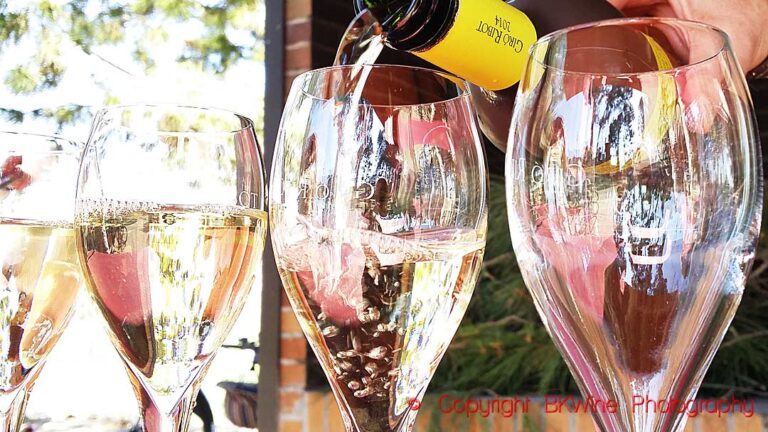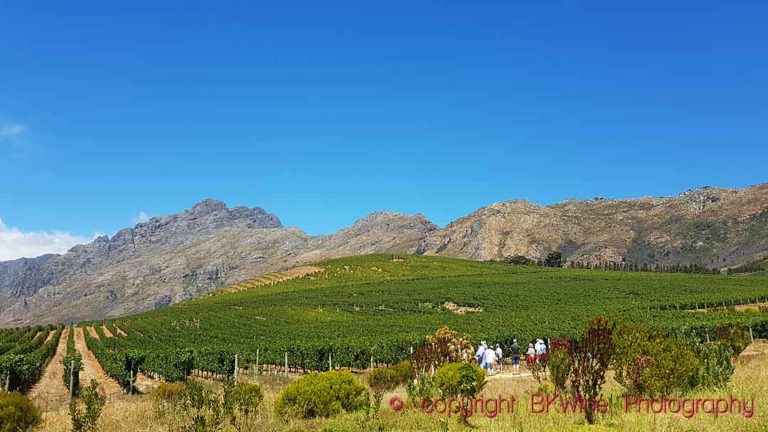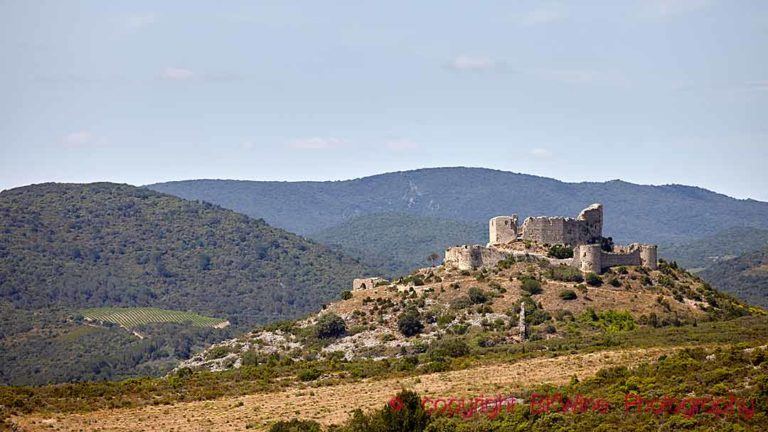Wine production, quality, and tourism are booming in the Okanagan Valley, Canada’s predominant wine district of the five contained within British Columbia; the other officially designated viticultural areas being Similkameen Valley, Fraser Valley, Vancouver Island, and Gulf Islands. The boom enjoyed by its more than 240 wineries has been generated in great part by its geographic proximity to economically vibrant Vancouver, and petrochemical and cattlerich Calgary thereby minimizing its need to sell to other parts of Canada or to its neighbor to the south.
Where as the proximity of the Pacific Ocean would lead one to think rainfall during the growing season is an ongoing threat, Okanagan’s southern most Osoyoos growing district is Canada’s only official desert. Less than a foot (~300 mm) of rain annually elsewhere in the valley. The valley, 325m at its lakeshores, boasts higher degree-days than Bordeaux; silty clay soils in its north, loamy in its center, sandy with stones at the higher points in the south. Vines were planted as early as the 1850s.
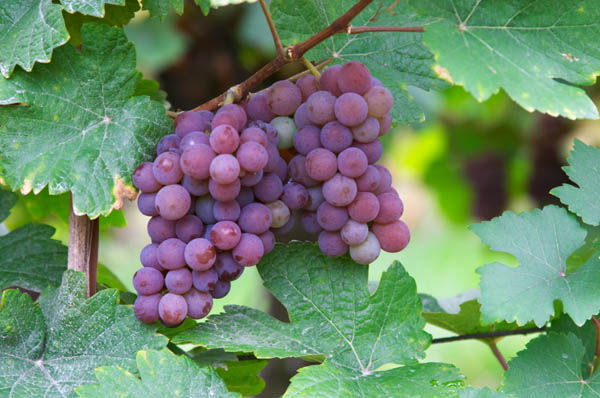
Even though in 1976 German research scientist Helmut Becker asserted vinifera would profligate in Kelowna and Osoyoos, Okanagan’s ‘modern era’ began only in the early ’90s following the provincial government’s NAFTA induced scheme to replace labrusca with vinifera, and the British Columbia’s Vintners Quality Alliance initiative which had been instigated by Harry McWatters and Gray Monk’s George Heiss.
When the pullout scheme finished in 1992 there were 800 planted acres, now it’s over 10,000 with labrusca now accounting for less than 1% of total plantings, white varieties outstripping those of reds beginning in 2010.
Since 2002 pinot gris has been the most popular white variety with pinot noir (mostly in the northern area around the town of Kelowna) and merlot (mostly in the south) jockeying for top red.
The other incentive for growth in Okanagan was a 1991 law change that created a ‘farm gate license’ with which wineries with as little as two planted hectares could sell their wines directly to consumers, spurring not only production growth but also that of tourism.
Wineries to look out for include: Culmina, Joie Farm, Laughing Stock, Mission Hill Family, Nk’Mip, Okanagan Crush Pad, Quails Gate, Summerhill, Tantalus.
David Furer is an American wine writer. The article has previously been published in a slightly different version on the San Francisco Wine School blog.
